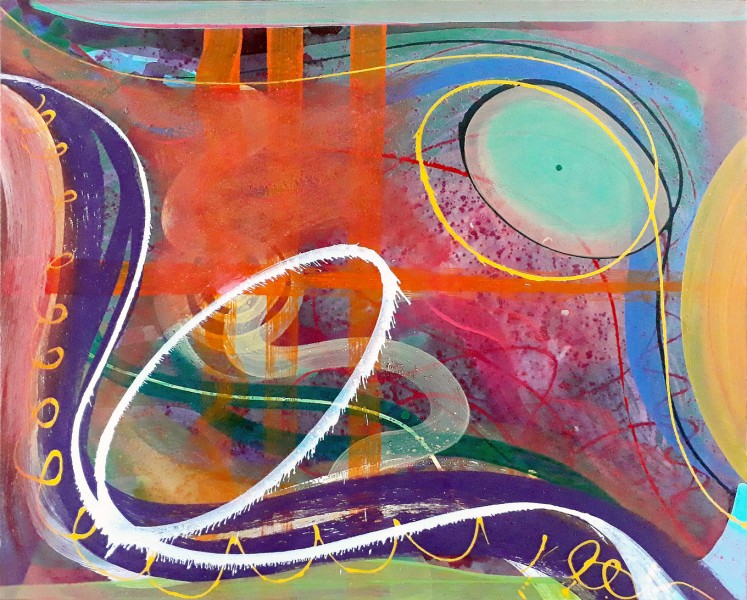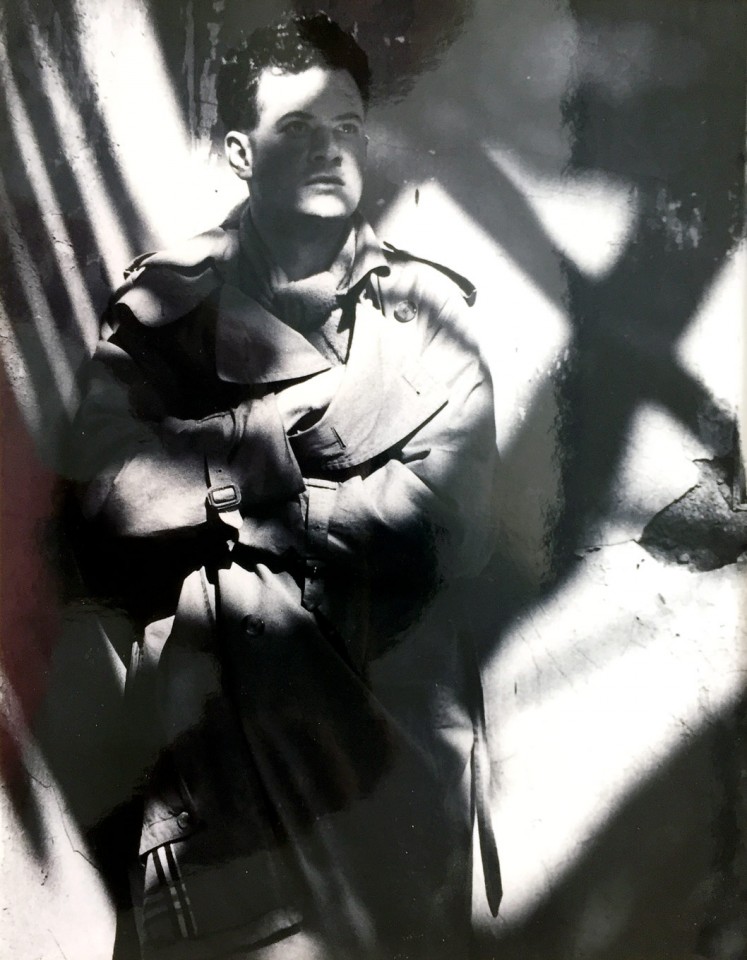Popular Reads
Top Results
Can't find what you're looking for?
View all search resultsPopular Reads
Top Results
Can't find what you're looking for?
View all search resultsRichard Meyer: A painter's journey
The latest overseas arrival to make his mark in Indonesia, American painter Richard Irwin Meyer, began his career in New York at the Museum of Modern Art, and now he is finding success in Jakarta.
Change text size
Gift Premium Articles
to Anyone
S
ince the time of Raden Saleh 200 years ago, innovative Indonesian artists have been global in their outlook, seeking inspiration and marketplaces outside the archipelago; likewise, the islands have long enticed foreign artists to come here for the sunshine and low cost of living.
The latest overseas arrival to make his mark in Indonesia, American painter Richard Irwin Meyer, began his career in New York at the Museum of Modern Art, and now he is finding success in Jakarta.
As Meyer put it, “I moved from a Western art capital that is showing its age to an emerging capital of art in Asia, which is bursting with vitality”.
Some powerful figures in the Indonesian art scene have taken him to their heart. A wide-ranging survey of Meyer’s vibrant, delicately nuanced abstractions at a converted commercial space in Bendungan Hilir, Central Jakarta, recently presented by the Puri Art Gallery and curated by Bandung-based art historian Argus FS, was a foretaste of his planned exhibition at the Art Jakarta fair in August.
The exhibition, “The Intimate Colors”, comprising 35 works in acrylic, showcased the visual impact and dynamism of Mweyer’s vision.
The paintings are truly international. Meyer came to Indonesia to find a new home, not for artistic inspiration. He has not made the fatal mistake of some foreign artists who attempt to capture the sensual allure of the islands or make a big statement about its cultures.
In a land ruled by the sun, Meyer’s favored planetary symbol is the moon. His palette does not reflect the tropical landscape but rather embraces a wide range of flamboyant artificial colors, shocking pink, baby blue and golden glitter, which produce a stimulating retinal sensation. As for inspiration, he finds that in himself.
Gugup (Nervous, 2017) (Richard Meyer /File)Meyer’s new career as a painter actually began decades ago. Born and raised in Yakima, Washington, on the west coast of the United States, after attending the state university, he studied painting with noted American artist Gandy Brodie in Vermont and New York.
He moved to New York City in 1969 and became an active part of the avant-garde scene there in the era of Andy Warhol. After exhibits at galleries in New York, he worked first as a studio assistant for painter Elaine de Kooning, wife of abstract expressionist legend Willem de Kooning, and then got an editorial job in the publications department of the Museum of Modern Art, a great institution of contemporary art in the Western world.
Meyer’s photogenic good looks and commanding presence attracted the notice of Hollywood talent scouts, which resulted in a successful film career.
He had small speaking roles in the original Superman ( 1978 ), starring Christopher Reeve and Marlon Brando, and Raging Bull ( 1980 ), Martin Scorsese’s masterpiece starring Robert De Niro.
Simultaneously, he launched another new career, as the owner and curator of a gallery of African art. Mythic Arts Africa, as it was called, presented landmark exhibits of tribal art from West Africa, which garnered glowing reviews from critics of the New York Times, who continue to support him.
To find objects to display in his gallery, Meyer traveled extensively throughout Africa, going to places as far off the beaten track as remote Timbuktu, Mali. His global travels for his gallery in Manhattan eventually brought him to Southeast Asia.
On his first trip to Indonesia, in 1999, he went directly to Yogyakarta, where he collected a selection of classical batik that he exhibited to acclaim. The shop in New York associated with his gallery, Beads of Paradise, continues to be a leading supplier of exotic fabrics and jewelry to fashion designers, including Ralph Lauren, among others.
By then, he had stopped painting — or rather, he put his artistic career on pause for 20 years, until his move to Indonesia.
The artist: A still photo of Richard Meyer from a film test for German director Rainer Werner Fassbinder, circa 1979. (Richard Meyer /File)In Bali, he opened the Richard Meyer Gallery, which was devoted to vintage vernacular photography, images of Indonesia and its people, photographed by Indonesians. In a studio above the gallery, Meyer returned to painting in earnest, capped by a move to Yogyakarta, in 2016, where he built a studio that suited his needs.
Now that his career in Indonesia is taking off, he has a second residence in Kemang, South Jakarta, where he will be near the galleries that represent his work.
Mimicking the process of renewal that has marked his career, in his recent work, Meyer has taken to painting over old canvases that he discarded as failures.
“The old image is always there, trying to emerge,” he said in an interview in his studio. “Transparency is very important to me, images glimpsed behind and over other images. Every painting has an evolving life of its own.”
Meyer is not afraid to make paintings that look pretty, and stays aloof from the current dogma that art must make a social statement.
“I always keep in mind a comment by Matisse: ‘You can’t hold the viewer’s interest unless there is a substantial decorative element’. The depth in the work comes from within the artist.”
One of the main motives for Meyer’s decision to abscond to the tropics was the galloping commercialization of art in New York in the 21st century, as a shrinking number of artists achieve a level of stratospheric success, which ensures that anything they exhibit will sell, emboldening galleries to set prices that defy reason. The result may be good for the bank accounts of artists and dealers, but in Meyer’s view, it cripples creativity by discouraging innovation.
“When I came to Indonesia,” he said, “I felt like I was returning to the old days in New York, where the excitement is all about the artist’s imagination.”













